NEW DATA: It’s Personal: QSR Consumers Expect Customized Loyalty Programs
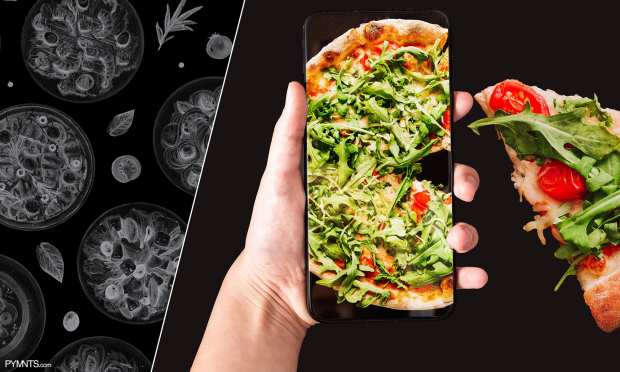
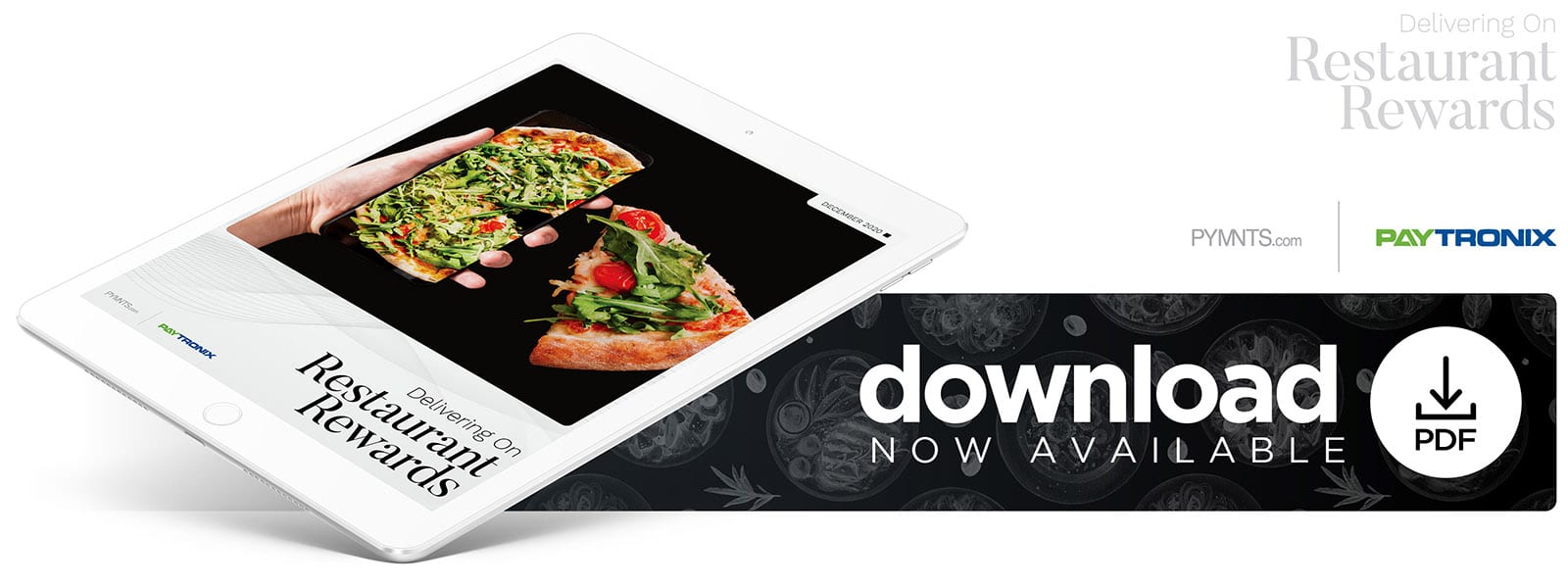 The restaurant industry was quick to adopt the digital tools needed to stay in business as consumers moved away from in-restaurant dining to dining at home at the beginning of the pandemic.
The restaurant industry was quick to adopt the digital tools needed to stay in business as consumers moved away from in-restaurant dining to dining at home at the beginning of the pandemic.
Allowing consumers to order from their websites, through third-party aggregators and via mobile apps has helped many restaurants continue generating sales, even while closing their brick-and-mortar dining spaces to curb the virus’s spread.
Digital purchasing options have not eliminated their financial wo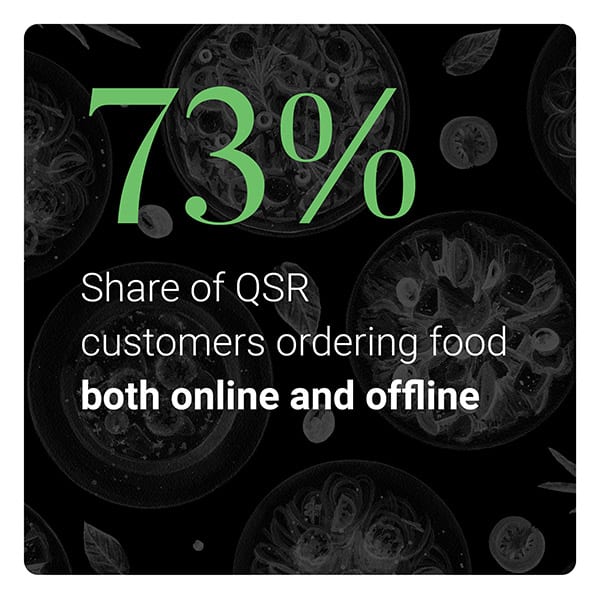 rries, however. Many quick-service restaurants (QSRs) are still facing cash flow shortages and decreased sales, turning up the pressure to find ways that can help them boost revenues while also meeting their customers’ desire to order from home, if they please.
rries, however. Many quick-service restaurants (QSRs) are still facing cash flow shortages and decreased sales, turning up the pressure to find ways that can help them boost revenues while also meeting their customers’ desire to order from home, if they please.
Loyalty and rewards programs have emerged as one of the most effective tools that can enable restaurants to accomplish this feat. Such programs are the single most common feature that consumers say could entice them to increase the amount they spend on food orders, with 39 percent saying they would spend more at restaurants that offered them. So which types of loyalty and rewards programs do these customers want, and how do they want to access them?
In the January edition of the Delivering On Restaurant Rewards brief series in collaboration with Paytronix, PYMNTS examines how consumers’ delivery and rewards program preferences depend on how they purchase from their favorite restaurants. We surveyed a census-balanced panel of 2,123 United States-based 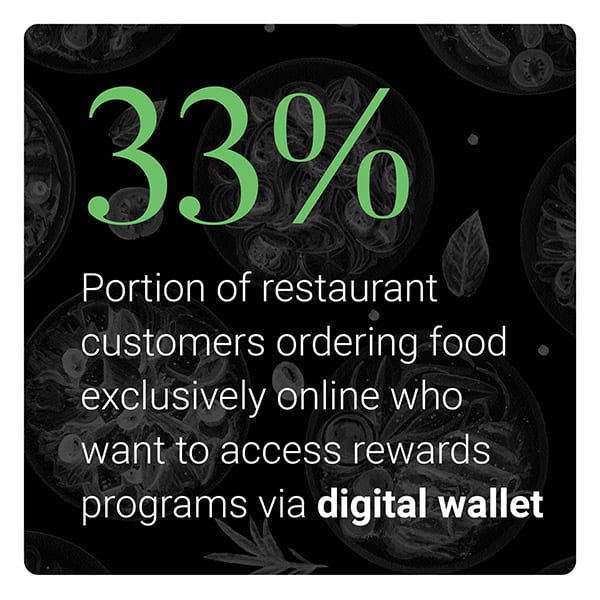 consumers to find out who is ordering food from restaurants, the types of restaurants from which they purchase, and how they would like to interact with those restaurants’ loyalty and rewards programs.
consumers to find out who is ordering food from restaurants, the types of restaurants from which they purchase, and how they would like to interact with those restaurants’ loyalty and rewards programs.
PYMNTS research shows that the strong majority of consumers order food using both online and offline channels. This is how three out of four consumers now order food, in fact, underscoring how critical it has become for restaurants to provide their customers with a mix of both digital and analogue channels for accessing their services.
It is also important to provide a wide variety of options that consumers can use not only to order food online, but also to earn loyalty and rewards programs benefits. Seventy percent of QSR customers who order using both online and 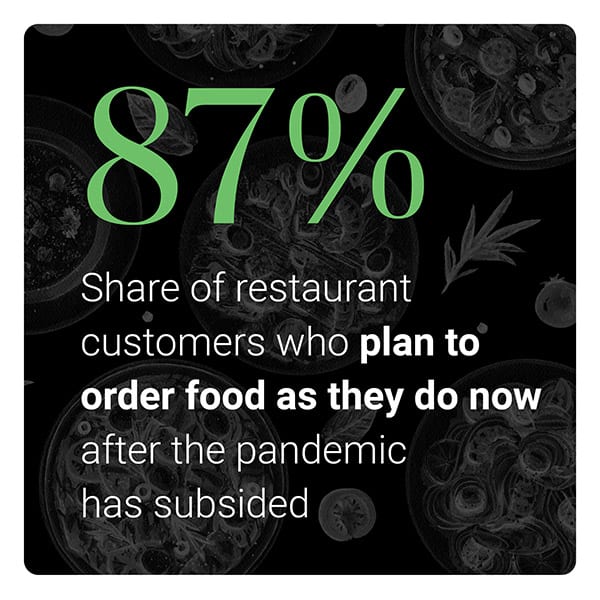 offline channels would like to engage with rewards programs via their QSRs’ mobile apps, for example, while 28 percent would like to engage with rewards via digital wallet. Among consumers who order online and offline from restaurants that used to offer sit-down service before the pandemic began, 30 percent would like to be given a physical loyalty card.
offline channels would like to engage with rewards programs via their QSRs’ mobile apps, for example, while 28 percent would like to engage with rewards via digital wallet. Among consumers who order online and offline from restaurants that used to offer sit-down service before the pandemic began, 30 percent would like to be given a physical loyalty card.
Such findings only scratch the surface of how restaurants can tailor their orders, payments and loyalty programs to meet their customers’ demands, however. The January edition of the Delivering On Restaurant Rewards brief delves deeper into the many different ways there are for restaurants to cater to the changing needs and expectations of their diverse customers.
To learn more about how loyalty and rewards programs and digital offerings can boost restaurants’ bottom lines, download the brief.
